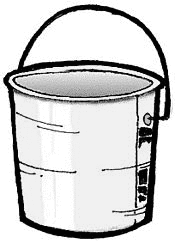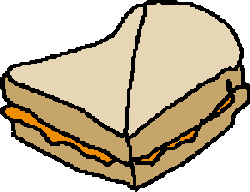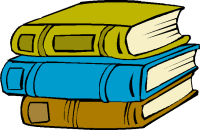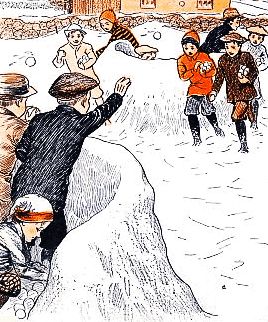

|
1. EARLY MORNING
-get up early 2. GETTING TO SCHOOL
-walk
| 3. SCHOOL
-teacher rings the bell 4. BACK AT HOME
-do the chores
|


|
WHAT TO PACK FOR LUNCH


|


|
|

 |
Children played games like Follow the Leader, Blind Man's Bluff,
Red Rover, Mother May I and Hide and Seek.
They played circle games like Duck-Duck-Goose and Drop the Handkerchief and
variations of tag (Freeze Tag, Elbow Tag, Pom-pom-pull Away, Mr. Wolf)
Older students played ball, dodge ball and Ante Over while younger students played hopscotch and jumprope games. When the teacher rang the bell, students rushed to the door of the school and lined up. If the weather kept them indoors, they played I Spy, Simon Says, Seven-Up, Hot or Cold or Who's Got the Button. These are just a few of the games they played. In the winter they built snow forts or slid down snow banks. When the yard was covered with freshly fallen snow, a game of Fox and Geese was enjoyed by all. |

SOURCES for Early Days : ONE-ROOM SCHOOLS